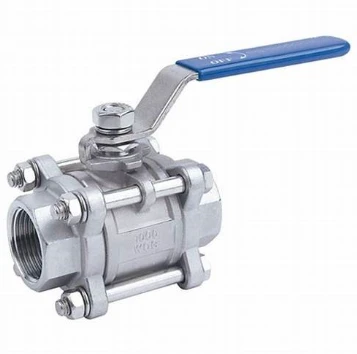foot valve for lake
Understanding Foot Valves for Lake Applications
Foot valves are crucial components in various water management systems, particularly for applications involving lakes. These one-way valves are installed at the bottom of suction pipes to ensure that water remains in the line when the pump is not operating. Understanding their significance, functionality, and selection criteria can help optimize water intake from lakes for various applications.
What is a Foot Valve?
A foot valve is a check valve that allows water to flow in one direction. It is typically installed at the intake of a pump, submerged in a body of water, such as a lake. The main function of a foot valve is to prevent backflow, which can occur when a pump is turned off. By maintaining a column of water in the suction line, foot valves assist in quick priming of the pump when it is restarted, thus maintaining efficiency and reducing wear and tear.
Why Foot Valves Are Important in Lake Applications
Lakes are a common source of water for irrigation, firefighting, and even domestic use in some regions. The use of foot valves in these applications has several advantages
1. Prevention of Air Intrusion When a pump is turned off, water can drain back into the lake, causing air to enter the suction line. This can lead to pump cavitation and reduced efficiency. A foot valve prevents this by sealing the line, thus maintaining a continuous column of water.
2. Improved Pump Efficiency By ensuring that there is always water in the line, foot valves enable pumps to operate more efficiently. This is particularly important for applications that require a large volume of water, such as irrigation.
3. Reduced Maintenance Costs Foot valves can minimize the need for frequent pump maintenance. By preventing air from entering the system and maintaining prime, they help in prolonging the lifespan of the pump.
4. Ease of Operation For systems that rely on manual or automated pumping from a lake, the presence of a foot valve simplifies operations. It allows for quicker startup times and less frequent troubleshooting.
foot valve for lake

Selecting the Right Foot Valve
When it comes to selecting a foot valve for lake applications, there are several important factors to consider
1. Material Foot valves are available in various materials, including PVC, brass, and stainless steel. The choice of material should depend on the specific environmental conditions, such as the pH of the water, temperature, and potential exposure to corrosive elements.
2. Size The size of the foot valve must match the diameter of the suction line to ensure proper flow rates and prevent any bottleneck in the system. It is essential to check the specifications recommended by the pump manufacturer.
3. Screening Foot valves often come with built-in screens to prevent debris from clogging the system. The mesh size of the screen should be selected according to the conditions of the lake water to minimize maintenance while ensuring optimal performance.
4. Pressure Ratings Consideration of the anticipated maximum operating pressure is critical. Ensuring that the foot valve can withstand the pressure generated by the pump will enhance reliability.
5. Check Valve Type Foot valves come in different designs, such as flapper valves or diaphragm types. Each type has its pros and cons related to efficiency, resistance to clogging, and maintenance requirements.
Conclusion
Foot valves play a pivotal role in ensuring the smooth operation of pumping systems drawing water from lakes. Their ability to prevent backflow, maintain pump efficiency, and minimize maintenance needs make them indispensable for various applications. When selecting a foot valve, careful consideration of material, size, screening, pressure ratings, and design type is necessary to ensure optimal performance. With the right foot valve in place, users can greatly enhance the efficiency and reliability of their water management systems, making the most of the natural resources that lakes provide.
-
The Key to Fluid Control: Exploring the Advantages of Ball Valves in Industrial SystemsNewsJul.09,2025
-
The Versatile World of 1, 2, and 3 Piece Ball ValvesNewsJul.09,2025
-
Stainless Steel Ball Valves: The Ideal Choice for Efficient Flow ControlNewsJul.09,2025
-
Optimizing Fluid Control with Ball Float ValvesNewsJul.09,2025
-
Manual Gate Valves: Essential for Control and EfficiencyNewsJul.09,2025
-
Everything You Need to Know About Butterfly ValvesNewsJul.09,2025
-
The Versatility of Wafer Type Butterfly ValvesNewsJul.08,2025




